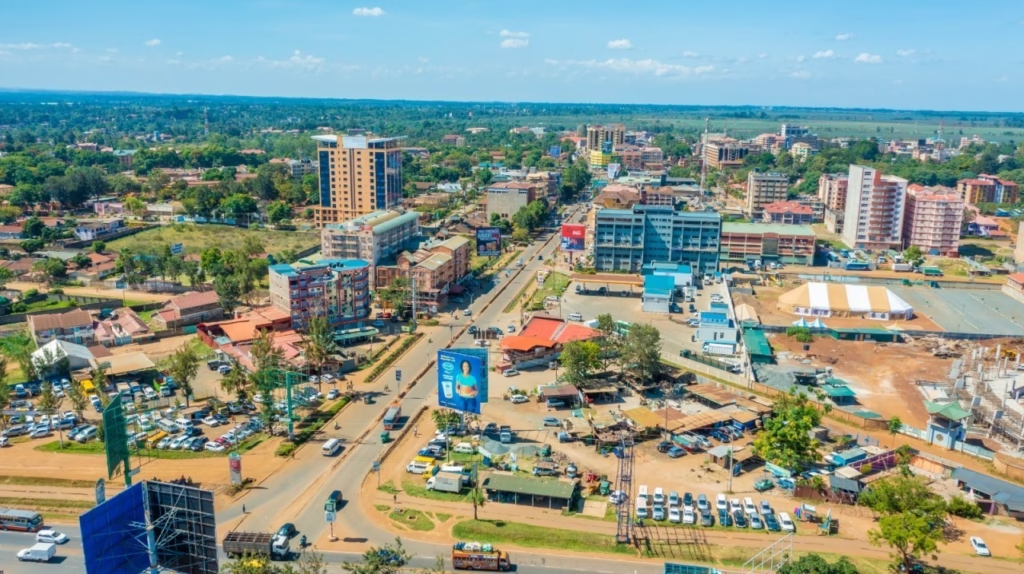
The aim of upgrading Thika Municipality to a city has reached the final stage. Thika is set to be the sixth legally established city in Kenya with the help of the Kiambu County Government, the local stakeholders, and the national authority, in line with Nairobi, Mombasa, Kisumu, Nakuru, and Eldoret cities.
While presenting the report. The Planning Committee Chairperson, Moses Ngatha, indicated that the Thika Municipality has followed the necessary criteria required for it to become an industrial city. The Members of the County Assembly also highlighted the success that the initiative would bring, stating among them the attraction of more businesses and entrepreneurship to the town.
This report is pending submission to the Senate for review, and if approved, Thika will become a city, making it the sixth, joining Nairobi, Mombasa, Kisumu, Nakuru, and Eldoret.
Peter Mburu, the MCA for Kamenu, said that it was their dream to make the entire Kiambu County a city. However, he acknowledged that since Rome was not built in a day, they would begin by making Thika Municipality a city. He expressed hope that the entire dream of making Kiambu a city would eventually be actualized.
Godfrey Mucheke, the Majority Leader of the Kiambu County Assembly, pointed out that even if they would not be able to give each member in the House a chance to contribute, he wanted to confirm that the issue had been deeply considered by the House.
He added that they had reached that point because they agreed on the need for Thika to become a smart city. This move marks a huge milestone for Thika and Kiambu County, as many locals are looking forward to their vision of urban development and economic growth through city status.
The strategic position within Thika East County of being only a 45-kilometer drive to the capital city of Nairobi has always made it an important commercial and commuter centre. It is even more easily reached with infrastructure projects such as the Thika Superhighway being made, and ever since, investors, manufacturers, and the families that need air to breathe almost literally are making their way out of the congestion of Nairobi.
The Stages of a Town Becoming a City
To be a city does not simply mean to be larger it means to be more developed and changing to satisfy the wants and needs of the larger and more complex population. The first stage of the procedure involves the population increase, which is usually caused by economic processes, better infrastructure, and rural immigration.
When a town exceeds the population threshold, usually above 250,000 in population in a country such as Kenya, it becomes a candidate town under provisions of legislation such as the Urban Areas and Cities Act, which justifies it to be part of the list of cities on the basis of population status. Then, the town should demonstrate that it possesses enough infrastructure and services. These factors involve good roads, clean water, health facilities, schools, waste disposal, and efficient means of transport.
Sustainability in economics also matters greatly – candidates in the city require a solid business foundation, such as industries, local businesses, and an emerging real estate. The engagement of the public is also a legal demand in most jurisdictions, where the local citizens have a say on shaping the urban future of the town. At last, a close examination by nationwide or regional administrators is carried out to ascertain whether a town can be classified as a city.
In Kenya, examinations are carried out by the Urban Areas and Cities Board in Kenya and a recommendation by the board to the Cabinet is made. Under such approvals, the President draws the official declaration. It is at this stage that the newly proclaimed city enters a transition stage, where new governance structures are being set up, and a readiness to entrench more development opportunities and capital is put in place.

